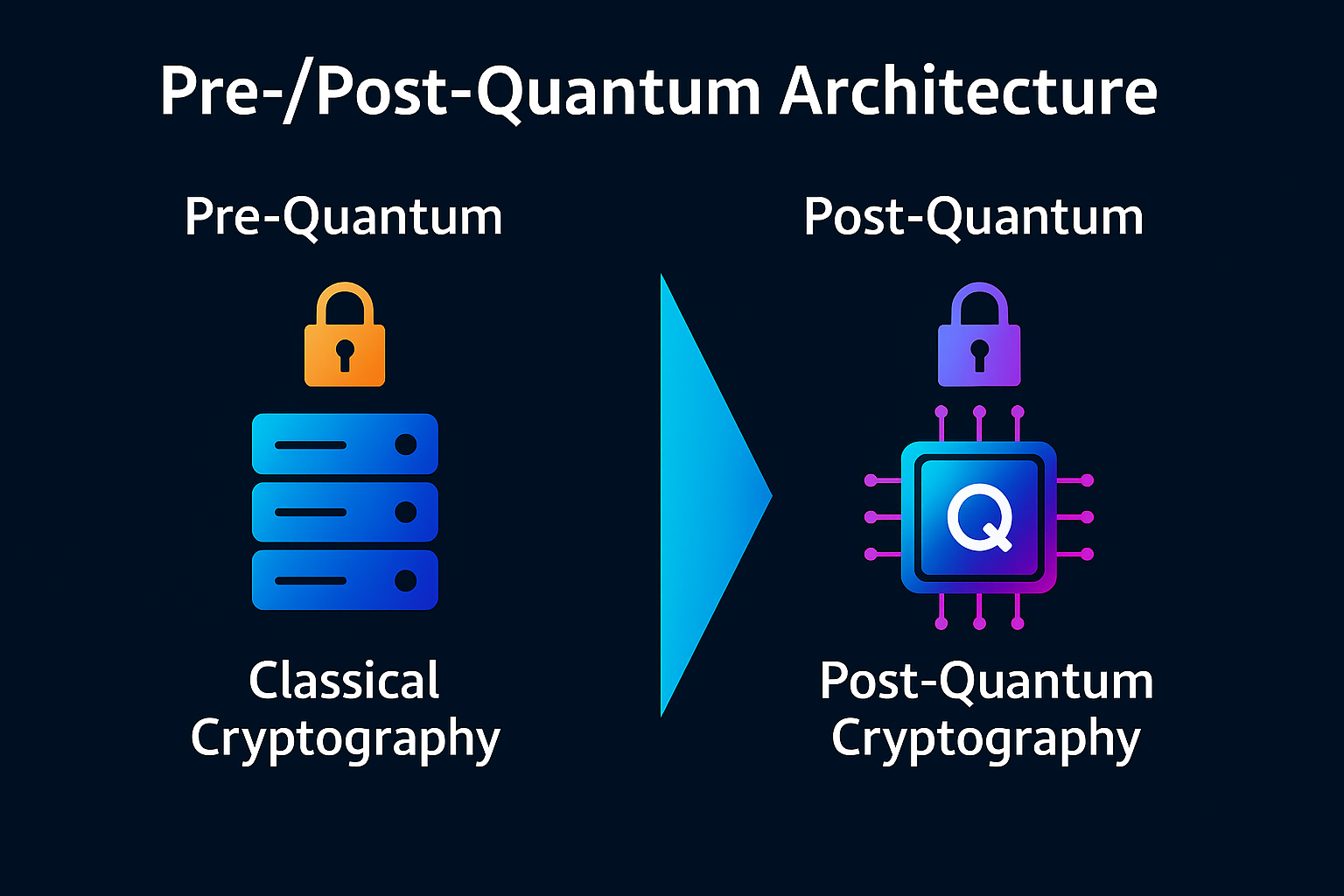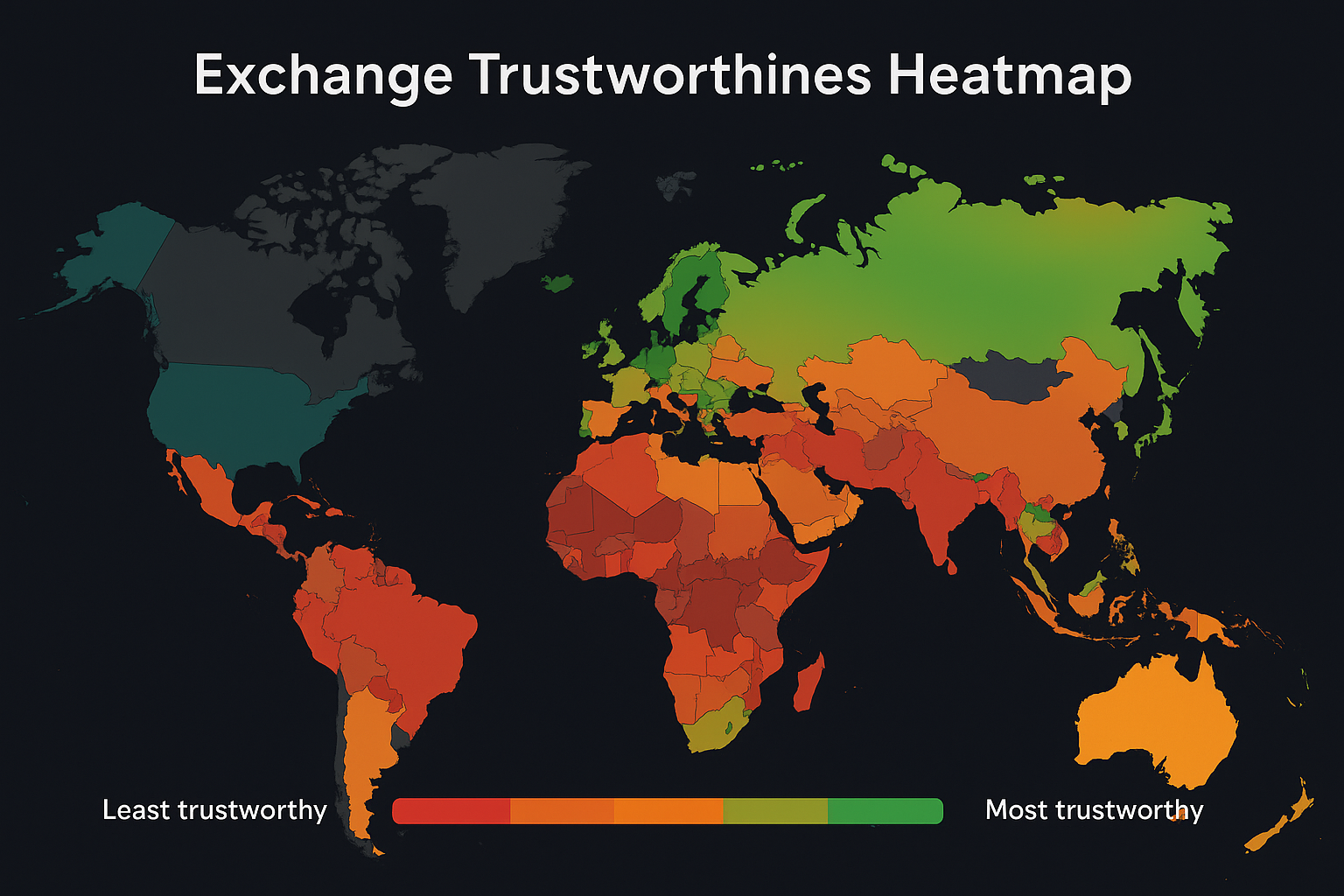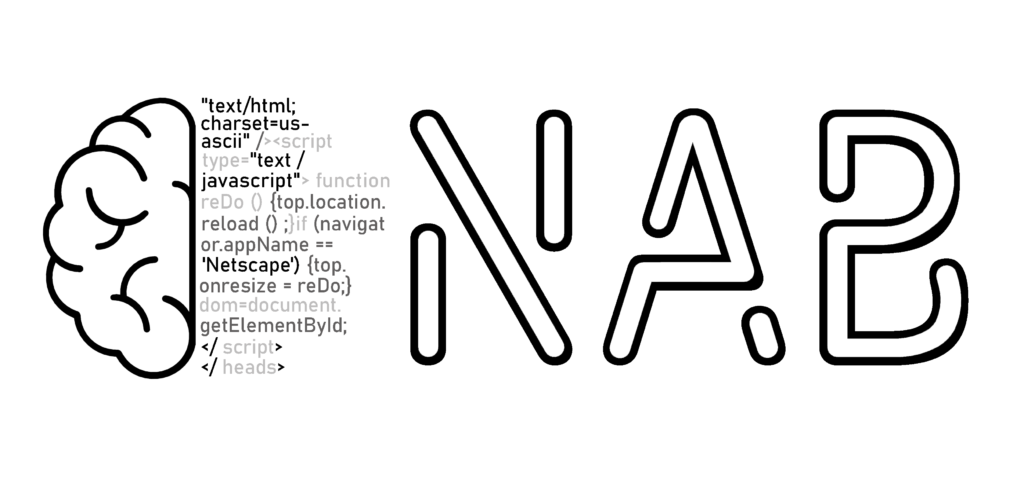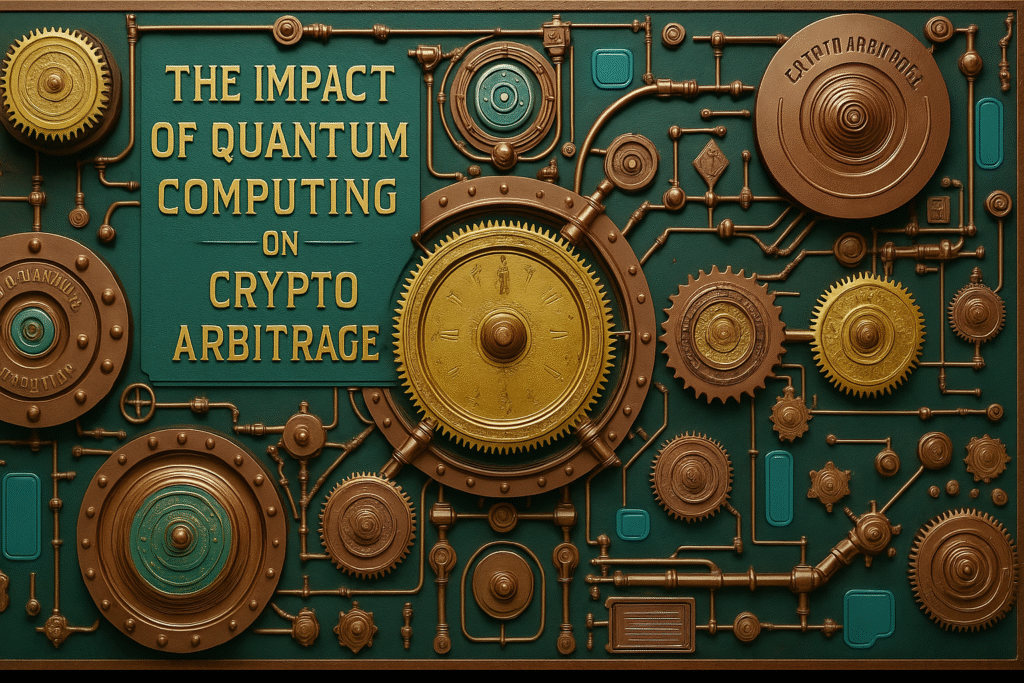As artificial intelligence transforms financial markets, another technological frontier looms on the horizon — quantum computing. While it promises revolutionary computational power, it also poses existential risks to the foundations of modern cryptography, particularly within the crypto trading ecosystem.
This article explores how quantum computing could affect cryptographic security and arbitrage strategies, and how NeuralArB is preparing for a post-quantum world.
📊 NeuralArB Quantum Risk Score (QRS)
Top 5 Post-Quantum Ready Exchanges
Updated: June 2025
- 1. Coinbase Pro – QRS 9.3
- 2. Kraken – QRS 8.8
- 3. Bitstamp – QRS 8.4
- 4. Gemini – QRS 8.2
- 5. OKX Global – QRS 7.9
🔐 1. Cryptographic Vulnerabilities in a Quantum Era
The crypto market, like most digital infrastructure, is built on classical cryptography. The most widely used algorithms — RSA, ECC (Elliptic Curve Cryptography), and SHA-2 — underpin wallets, transaction signing, and blockchain consensus mechanisms.
Quantum computers pose a major threat due to two breakthrough algorithms:
- Shor’s Algorithm: Can factor large primes efficiently, threatening RSA and ECC (used in Bitcoin and Ethereum for signature validation).
- Grover’s Algorithm: Speeds up brute-force attacks against symmetric algorithms, halving their effective security.
❗ What This Means for Crypto:
- Wallets become vulnerable to key extraction, particularly if quantum attackers gain access to public keys from previous transactions.
- Cross-exchange arbitrage trades that rely on time-delayed settlements could be intercepted or redirected if cryptographic proofs are broken.
- Smart contracts with hardcoded cryptographic dependencies (e.g., oracles or escrows) may become exploitable.
📉 2. How Quantum Threats Could Disrupt Arbitrage
AI-powered crypto arbitrage platforms like NeuralArB thrive on small inefficiencies between exchanges. But these strategies assume cryptographic security during the microseconds between trade execution, confirmation, and settlement.

Possible disruptions:
- Settlement Exploits: If digital signatures are compromised, attackers could reverse or hijack trades during inter-exchange transfers.
- Latency Exploitation: Quantum-enhanced bots may execute trades faster than classical systems, front-running or invalidating arbitrage setups.
- Exchange Reliability: Not all crypto exchanges will upgrade to quantum-safe protocols at the same time, fragmenting arbitrage reliability.
This creates a temporary period of asymmetric trust — where traders must assess which venues are post-quantum secure and which remain vulnerable.
🧠 3. NeuralArB’s Multi-Layered Response to the Quantum Threat
NeuralArB is actively preparing for the coming disruption, integrating quantum-resilient strategies into both its AI model architecture and operational infrastructure.
🔧 A. Cryptographic Layer: Post-Quantum Algorithm Watchlist
Our team is monitoring NIST’s post-quantum cryptography standardization process, evaluating candidates like:
- CRYSTALS-Kyber (for key encapsulation)
- Dilithium (for digital signatures)
- SPHINCS+ (stateless hash-based signatures)
NeuralArB plans to phase in quantum-safe signature verification modules in its API bridge layer by 2026, aligning with wallet and exchange adoption timelines.
🧮 B. AI Architecture: Redesigning for Quantum-Enhanced Latency Models
In a future where quantum bots exist, speed asymmetry becomes even more dangerous.
NeuralArB is investing in:
- Quantum-adversarial modeling: Simulating arbitrage scenarios assuming opponents have superior compute speeds.
- Latency-tolerant routing: Introducing redundancy and time-locked execution paths to preserve arbitrage integrity during confirmation windows.
🛡️ C. Infrastructure Redundancy & Exchange Scoring
NeuralArB’s Quantum Risk Engine will score each exchange on:
- Quantum-safe readiness
- Protocol upgrade velocity
- Chain-of-custody protections
Trades will be prioritized to post-quantum secure exchanges once volatility is detected in cryptographic trust layers.
🔭 4. Opportunities: Quantum AI and Arbitrage Enhancement
It’s not all risk. Quantum computing may eventually become an asset for arbitrage platforms.
- Quantum Machine Learning (QML) models could dramatically increase pattern detection across large market datasets.
- Quantum optimization may improve trade routing through complex liquidity layers.
- Quantum random number generation (QRNG) could enhance risk modeling and trade randomization, mitigating predictability.
While still theoretical, NeuralArB maintains a research partnership with academic institutions to track the viability of these approaches.
🧩 5. Regulatory and Market Implications
Governments are aware of the quantum threat. The U.S. passed the Quantum Computing Cybersecurity Preparedness Act, and Europe has launched the Quantum Flagship initiative. Centralized exchanges and DeFi protocols will soon face pressure to comply with quantum-hardening standards.
NeuralArB is proactively aligning with this landscape, ensuring:
- Interoperability with regulated, quantum-safe custody solutions.
- Transparent upgrade paths for users, partners, and institutions.
- Risk disclosures regarding quantum threats in arbitrage trading documentation.

💬 Frequently Asked Questions (FAQ)
What is quantum computing and why does it matter for crypto?
Quantum computing uses quantum bits (qubits) to perform complex calculations at speeds unattainable by classical computers. It can break current cryptographic systems like RSA and ECC, which secure cryptocurrencies, wallets, and blockchain transactions.
How can quantum computers affect crypto arbitrage strategies?
Quantum computers could compromise the cryptographic integrity of blockchain transactions, potentially allowing malicious actors to hijack, reverse, or front-run arbitrage trades. They may also give unfair latency advantages to traders using quantum-enhanced systems.
Which cryptographic algorithms are at risk from quantum attacks?
RSA, Elliptic Curve Cryptography (ECC), and SHA-2 (used for digital signatures and hashing in Bitcoin and Ethereum) are all vulnerable. Algorithms resistant to quantum attacks are being standardized (e.g., CRYSTALS-Kyber, Dilithium, SPHINCS+).
What is NeuralArB doing to prepare for quantum disruption?
NeuralArB is actively integrating post-quantum cryptographic modules, redesigning latency-resilient AI models, and implementing a Quantum Risk Score (QRS) to assess exchange-level quantum readiness and protect users’ arbitrage positions.
Can quantum computing also enhance arbitrage performance?
Yes, in the long term. Quantum machine learning could enhance pattern recognition, while quantum optimization might improve trade routing. However, these capabilities are theoretical and years away from practical use in trading systems.
When will quantum computing start affecting crypto markets in practice?
Estimates vary, but NIST expects standardized post-quantum cryptographic protocols to be widely adopted by 2030. Security-conscious platforms like NeuralArB are transitioning early to mitigate risks from “harvest now, decrypt later” threats.
How can traders protect their assets from quantum threats today?
Traders should use wallets that support or plan to support post-quantum cryptography, stay informed about exchange security upgrades, and consider platforms like NeuralArB that proactively address quantum risk in arbitrage execution.
✅ Conclusion: Navigating the Post-Quantum Arbitrage Frontier
Quantum computing will reshape the foundations of cryptographic trust — and by extension, the mechanics of arbitrage trading. For most crypto market participants, this is still over the horizon. For NeuralArB, it’s already a core part of strategic architecture.
As both a threat and an opportunity, quantum computing will define the next decade of digital asset infrastructure. NeuralArB’s mission is clear: to stay secure, adaptive, and intelligent — no matter the computational paradigm.
🔗 Learn more about our AI-powered arbitrage platform at neuralarb.com
📩 Subscribe for updates on post-quantum crypto infrastructure, AI innovations, and real-time arbitrage trends.


